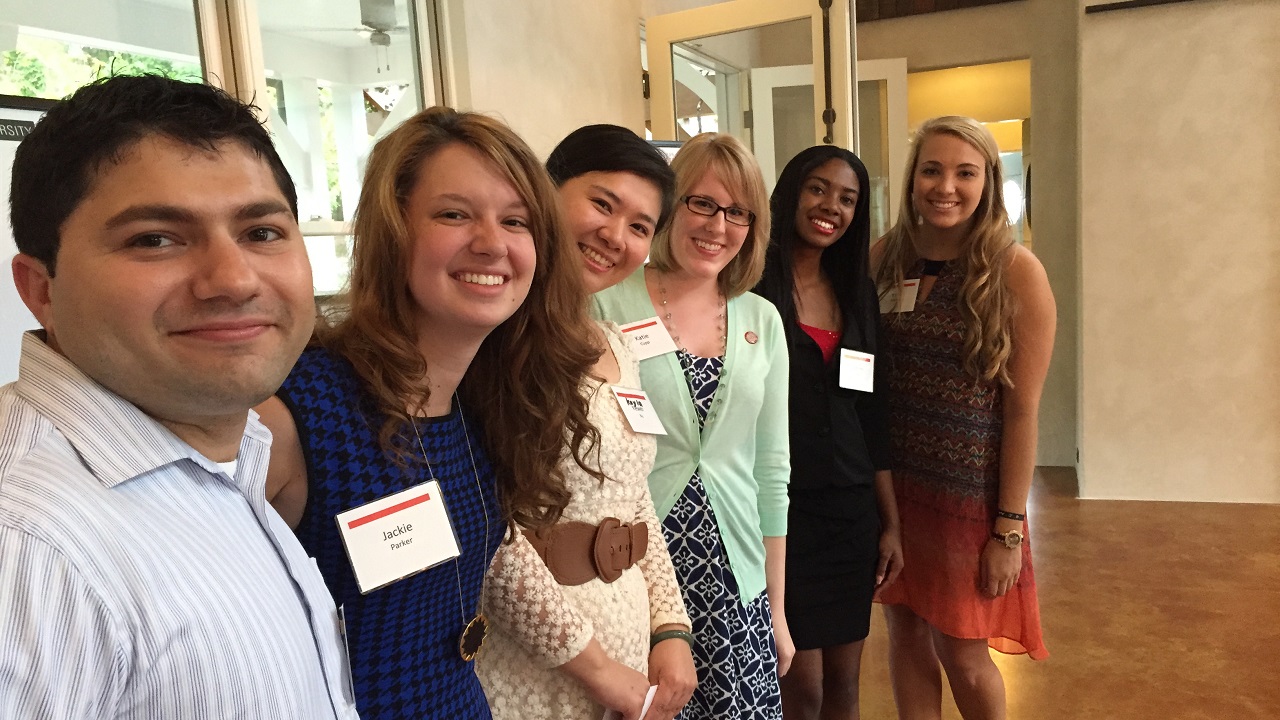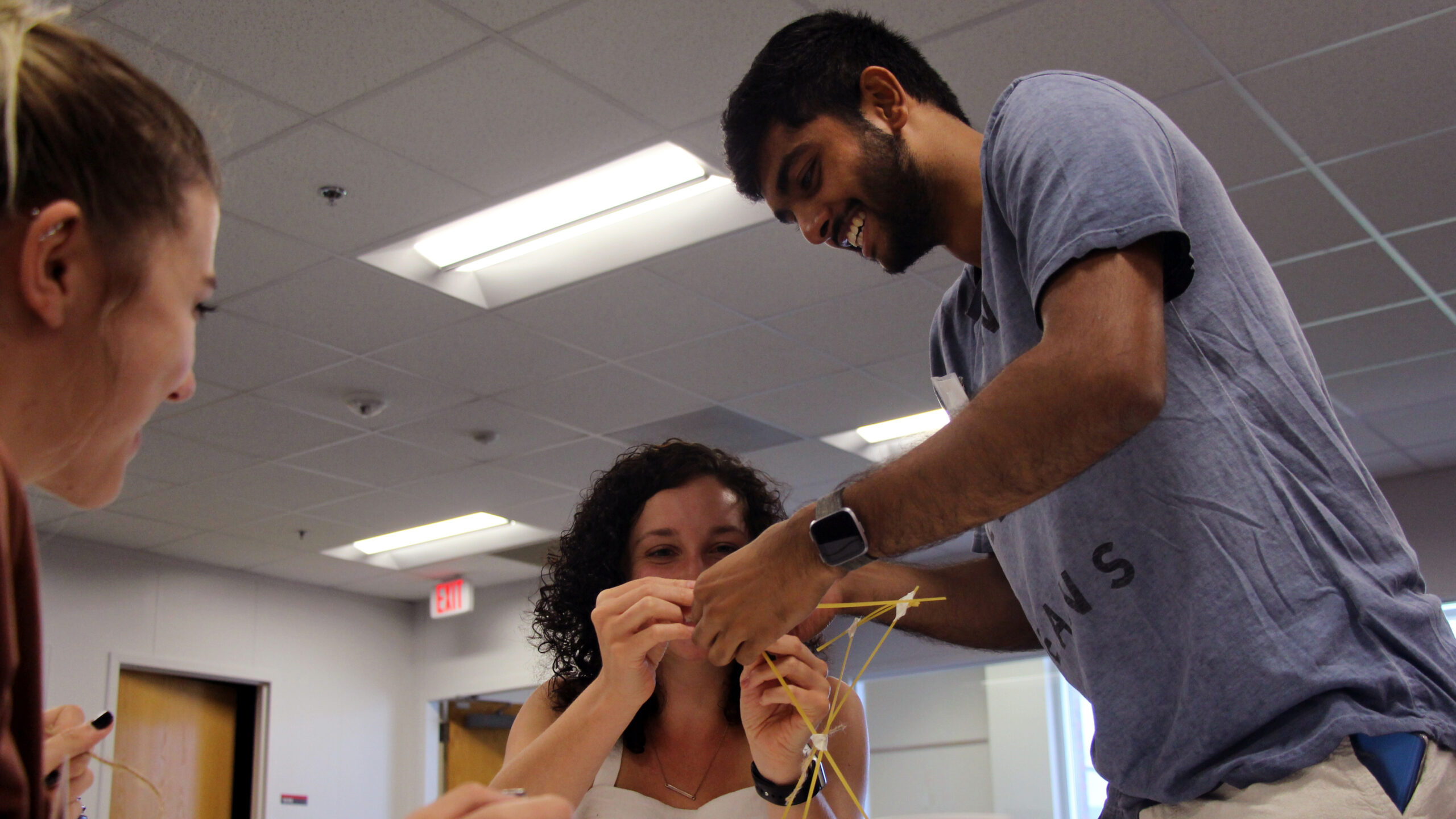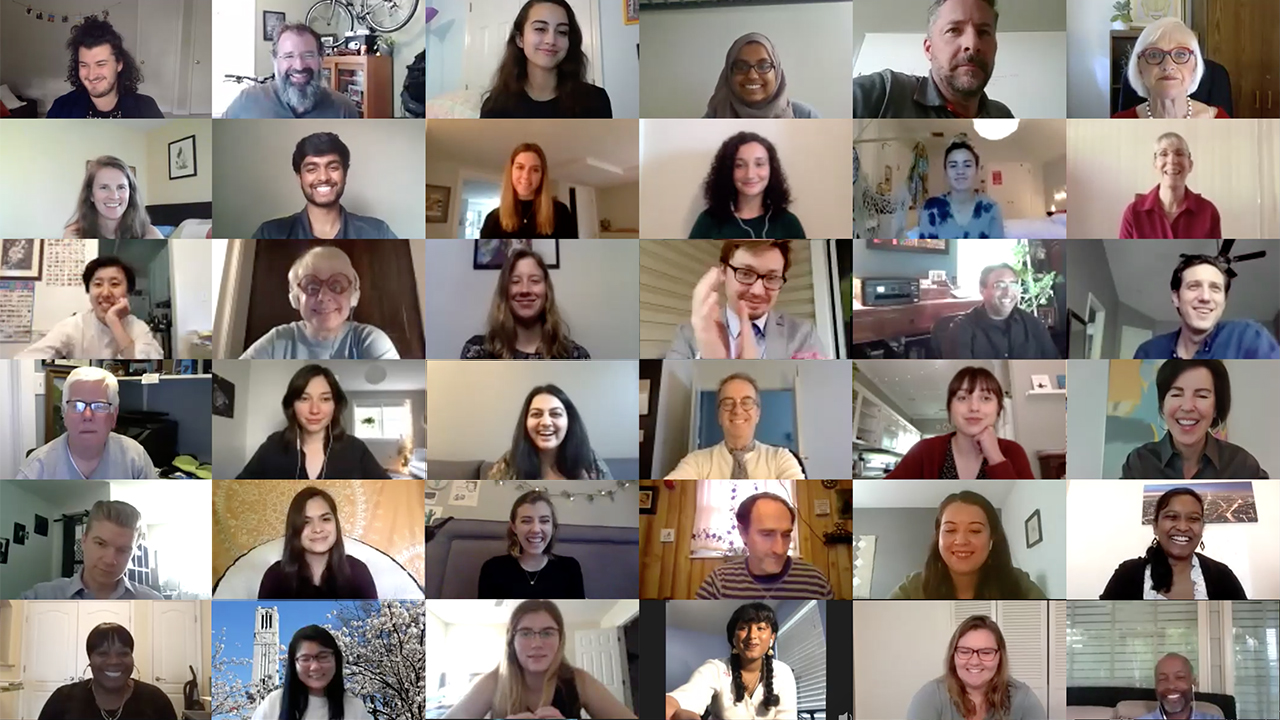5 Leadership Challenges: Join the Conversation

Building our community involves engaging stakeholders in our work. The five leadership challenges faced by social sector leaders are central to this work. Business, nonprofit, government, and university leaders that attended a recent dinner hosted by the Salls and Replogles engaged with our Institute Ambassadors in conversation around the five leadership challenges that drive our work. Here is what they said:
Align mission, methods, and resources
What are the new or innovative methods and resources nonprofit and social sector leaders need to be aware of to achieve our mission?
This was the hardest prompt to engage with. As one person wrote, “All new and innovative things are yet undiscovered.” This insight highlights the important role that discovery, and the sense of creativity, adventure, and risk taking that implies, is going to play if social sector organizations are going to change and adapt to bring about new ways of doing business to work towards their missions. As others suggested, this can be accomplished by sharing practices and experiences across organizational and sector boundaries and embracing the interconnected and networked world we live in rather than trying to impose top-down order within organizations.
Earn the public trust
How do we, as business and nonprofit leaders preserve the public trust if we are being called on to change and adapt?
A common theme emerged among people who contributed their insights to this leadership challenge; stay mission focused. “Stay focused on our mission and values and good governance that’s transparent, ethical, adaptive, and courageous. Take smart, thoughtful risks,” were the insights one person shared. Nonprofit and other social impact organizations are mission driven with values centered on lifting up their communities. Being true to these values and telling engaging stories that communicate and demonstrate impact are key to earning and keeping the public trust, especially during a time of adaptation and change.
Balance individual interest and the common good
What motivates you to impact the common good?
The things that drive us to impact the common good are even more multiple than the number people who contributed to this conversation. We are all driven by many things; a sense of responsibility and duty to give back; a commitment to justice; an awareness of our interconnectedness… “Common sense: the common good benefits everyone.”
Capitalize on opportunities associated with diversity
How do you see philanthropy changing?
Philanthropy and the nonprofit sector do not have the “do and feel good” market all to themselves. There is a growing diversity of individuals and organizational forms that can learn from as well as teach nonprofits how to operate differently. The consensus of contributors to this leadership challenge focused on nonprofits and their supporters being strategic in their engagements and to develop multiple streams of earned and philanthropic income. One of the most important ways a contributor saw philanthropy changing was to “invest for the long-term so that oppressed communities can work for social justice.”
Move beyond charity to systemic change
Where do you want to see systemic change happen?
Two groups of answers emerged in response to this leadership challenge; one group was concerned with specific substantive areas where they would like to see systemic change, the other group focused on process that needed systemic change. In terms of substantive areas, education, healthcare and the end of all types of oppression were central to where people wanted to see change happen. The process oriented contributors tended to suggest, that focusing “partnership rather than charity” was the “key to achieving sustainability — design for sustainability and about systemic change.”
Want to be part of the conversation? Please contact the Institute with any thoughts you may have around our leadership challenges.
- Categories:


